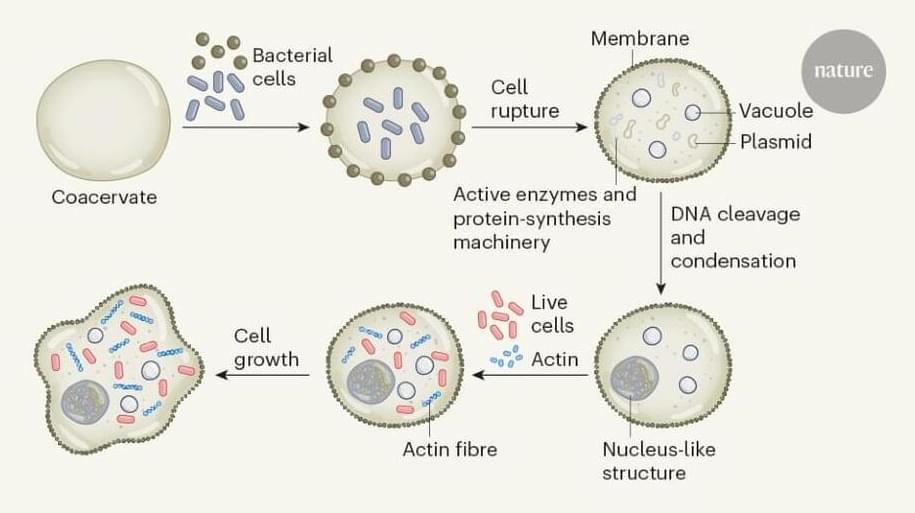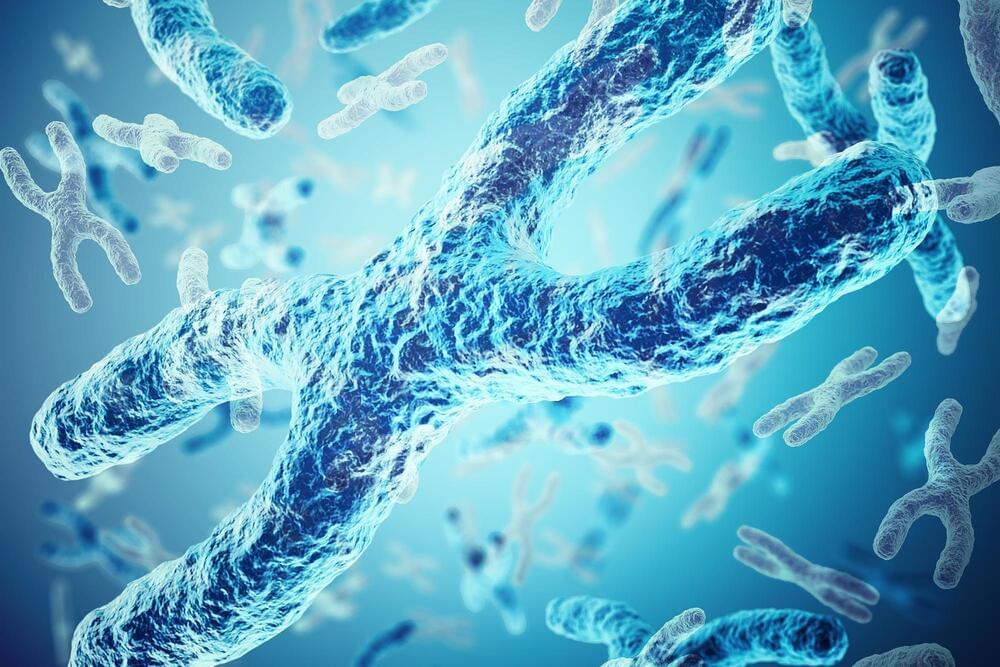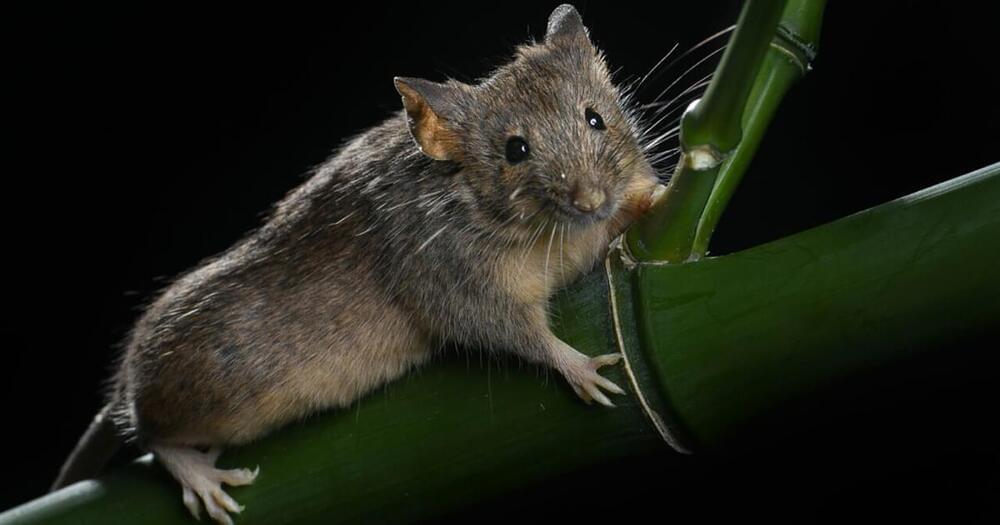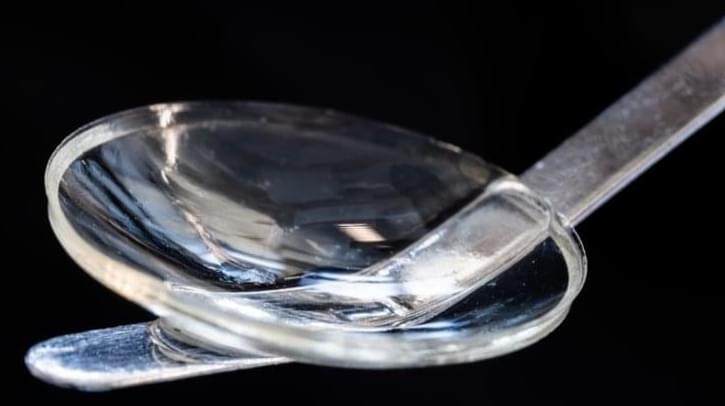Archive for the ‘bioengineering’ category: Page 66
Sep 16, 2022
Intellia says CRISPR treatment safely corrects DNA of six patients with rare disease
Posted by Dan Breeden in categories: bioengineering, biotech/medical, genetics
Intellia Therapeutics said Friday the first six patients to receive its CRISPR-based treatment for a genetic swelling disorder have safely had small, corrective changes made to dysfunctional DNA inside their liver cells.
Preliminary results from the study — just the second to show that CRISPR-based gene editing can be delivered systemically and performed in vivo, or inside the body — found that the treatment, NTLA-2002, reduced levels of the disease-causing protein, kallikrein, by 65% and 92% in the low-and high-dose cohort, respectively. In the low-dose group, the one-time infusion also reduced by 91% the painful swelling “attacks” commonly experienced by patients with a rare condition called hereditary angioedema, or HAE. Participants in the high-dose group have not yet completed the 16-week observation period.
Sep 16, 2022
CRISPR Gene Editing: State of the Tech and What’s Next featuring Dr. Jennifer Doudna
Posted by Dan Breeden in categories: bioengineering, biotech/medical, chemistry, genetics

Chardan hosted its 4th Annual Chardan Genetic Medicines Conference in October 2020, featuring over 80 public and private companies representing in vivo gene therapy, ex vivo gene therapy, gene editing, RNA medicines, and other subsegments of the genetic medicines space. Among our various panels with preeminent thought leaders, we spoke with newly-minted Nobel laureate, President of the Innovative Genomics Institute, and Professor of Molecular and Cell Biology and Chemistry at UC Berkeley, Jennifer Doudna.
PhD about open questions and areas of innovation in the CRISPR gene editing space.
Sep 15, 2022
Normally Taking a Million Years: Scientists Successfully Fuse Chromosomes in Mammals
Posted by Genevieve Klien in categories: bioengineering, biotech/medical, evolution, genetics
In nature, evolutionary chromosomal changes may take a million years, but scientists have recently reported a novel technique for programmable chromosome fusion that has successfully created mice with genetic changes that occur on a million-year evolutionary scale in the laboratory. The findings might shed light on how chromosomal rearrangements – the neat bundles of structured genes provided in equal numbers by each parent, which align and trade or mix characteristics to produce offspring – impact evolution.
In a study published in the journal Science, the researchers show that chromosome level engineering is possible in mammals. They successfully created a laboratory house mouse with a novel and sustainable karyotype, offering crucial insight into how chromosome rearrangements may influence evolution.
“The laboratory house mouse has maintained a standard 40-chromosome karyotype — or the full picture of an organism’s chromosomes — after more than 100 years of artificial breeding,” said co-first author Li Zhikun, researcher in the Chinese Academy of Sciences (CAS) Institute of Zoology and the State Key Laboratory of Stem Cell and Reproductive Biology. “Over longer time scales, however, karyotype changes caused by chromosome rearrangements are common. Rodents have 3.2 to 3.5 rearrangements per million years, whereas primates have 1.6.”
Sep 6, 2022
CRISPR breakthrough creates a healthy mouse with only 19 chromosomes
Posted by Shubham Ghosh Roy in categories: bioengineering, biotech/medical
These unnecessary experiments can cause another pandemic.
CRISPR has been used to rearrange the chromosomes of lab mice, a world’s first in mammals and a breakthrough in bioengineering.
Sep 6, 2022
SENS4 — Stem Cells and Tissue Engineering
Posted by Dan Breeden in categories: bioengineering, biotech/medical

Tissue engineering and stem cells.
A series of talks on stem cells and tissue engineering.
Sep 5, 2022
New Horizons Toward Supercapacitor Energy Devices
Posted by Dan Breeden in categories: bioengineering, energy, nanotechnology
Because of their unique physical, photonic, thermal, and electronic capabilities, two-dimensional (2D) nanostructures have exhibited tremendous promise in the domains of bioengineering, sensing, and energy storage.
Study: Two Dimensional Silicene Nanosheets: A New Choice of Electrode Material for High-Performance Supercapacitor. Image Credit: Quardia/Shutterstock.com.
Nonetheless, combining silicon-based nanomaterials into high-performance power storage systems remains a largely undeveloped subject because of the complex manufacturing process. New work published in the journal ACS Applied Materials & Interfaces hope to address this problem by effectively integrating silicene nanosheets into a high-voltage supercapacitor.
Sep 4, 2022
Gene editing of soybean boosts yield by 20 percent
Posted by Future Timeline in categories: bioengineering, biotech/medical
Multiple gene editing of soybean can improve photosynthesis and boost crop yields by 20%, according to a study by the University of Illinois Urbana-Champaign.
Sep 1, 2022
Bioengineered Cornea Can Restore Sight to the Blind and Visually Impaired
Posted by Dan Breeden in categories: bioengineering, biotech/medical
Summary: Researchers have developed a cornea implant from the collagen protein of pig skin. The implant restored the vision of 20 people with diseased corneas. The new implant could be a viable alternative to human cornea transplantation.
Source: Linkoping University.
Researchers and entrepreneurs have developed an implant made of collagen protein from pig’s skin, which resembles the human cornea. In a pilot study, the implant restored vision to 20 people with diseased corneas, most of whom were blind prior to receiving the implant.
Aug 31, 2022
Bioengineering better photosynthesis increases yields in food crops
Posted by Saúl Morales Rodriguéz in categories: bioengineering, climatology, health, sustainability
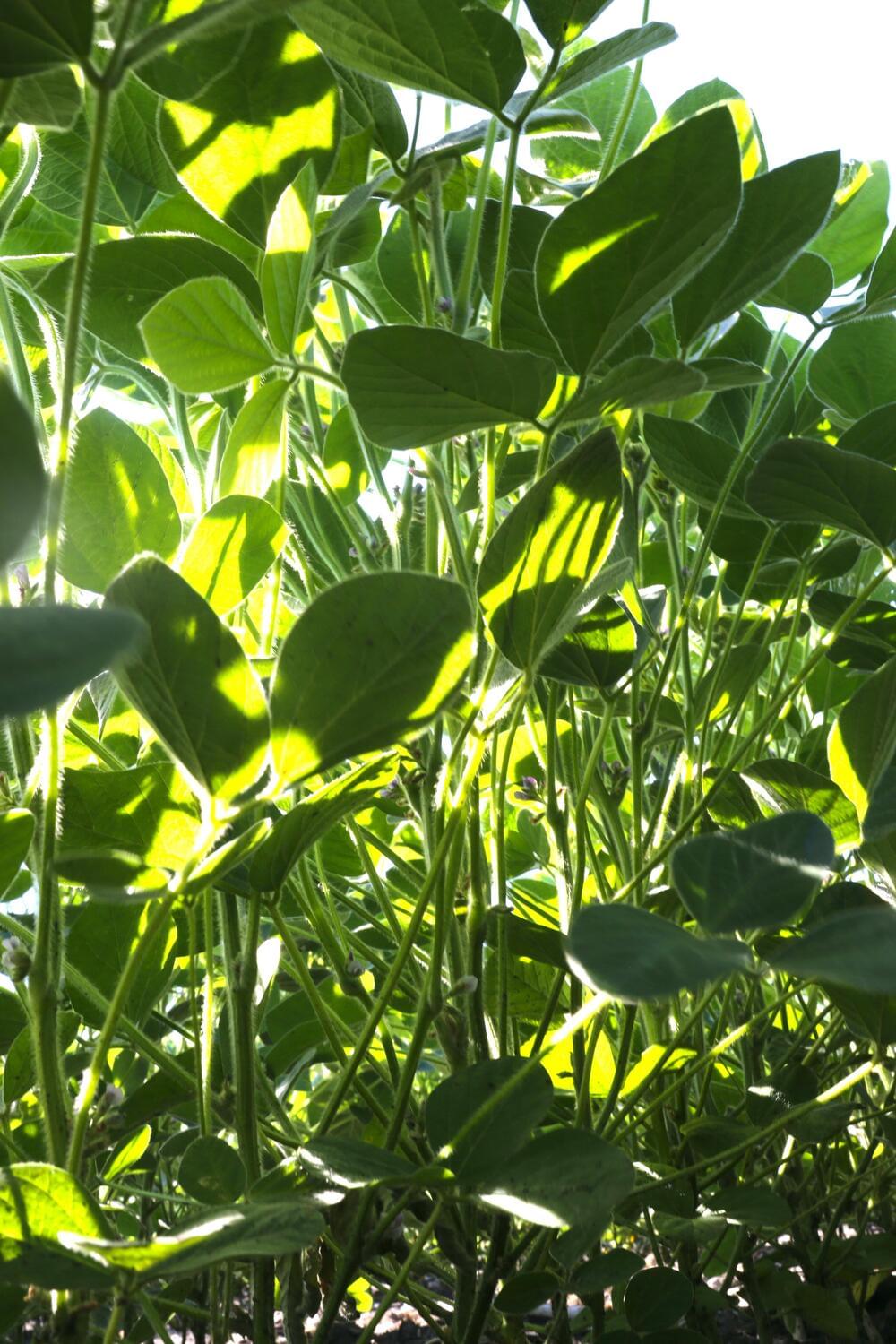
For the first time, RIPE researchers have proven that multigene bioengineering of photosynthesis increases the yield of a major food crop in field trials. After more than a decade of working toward this goal, a collaborative team led by the University of Illinois has transgenically altered soybean plants to increase the efficiency of photosynthesis, resulting in greater yields without loss of quality.
Results of this magnitude couldn’t come at a more crucial time. The most recent UN report, The State of Food Security and Nutrition in the World 2022, found that in 2021 nearly 10% of the world population was hungry, a situation that has been steadily worsening over the last few years and eclipsing all other threats to global health in scale. According to UNICEF, by 2030, more than 660 million people are expected to face food scarcity and malnutrition. Two of the major causes of this are inefficient food supply chains (access to food) and harsher growing conditions for crops due to climate change. Improving access to food and improving the sustainability of food crops in impoverished areas are the key goals of this study and the RIPE project.
Continue reading “Bioengineering better photosynthesis increases yields in food crops” »
